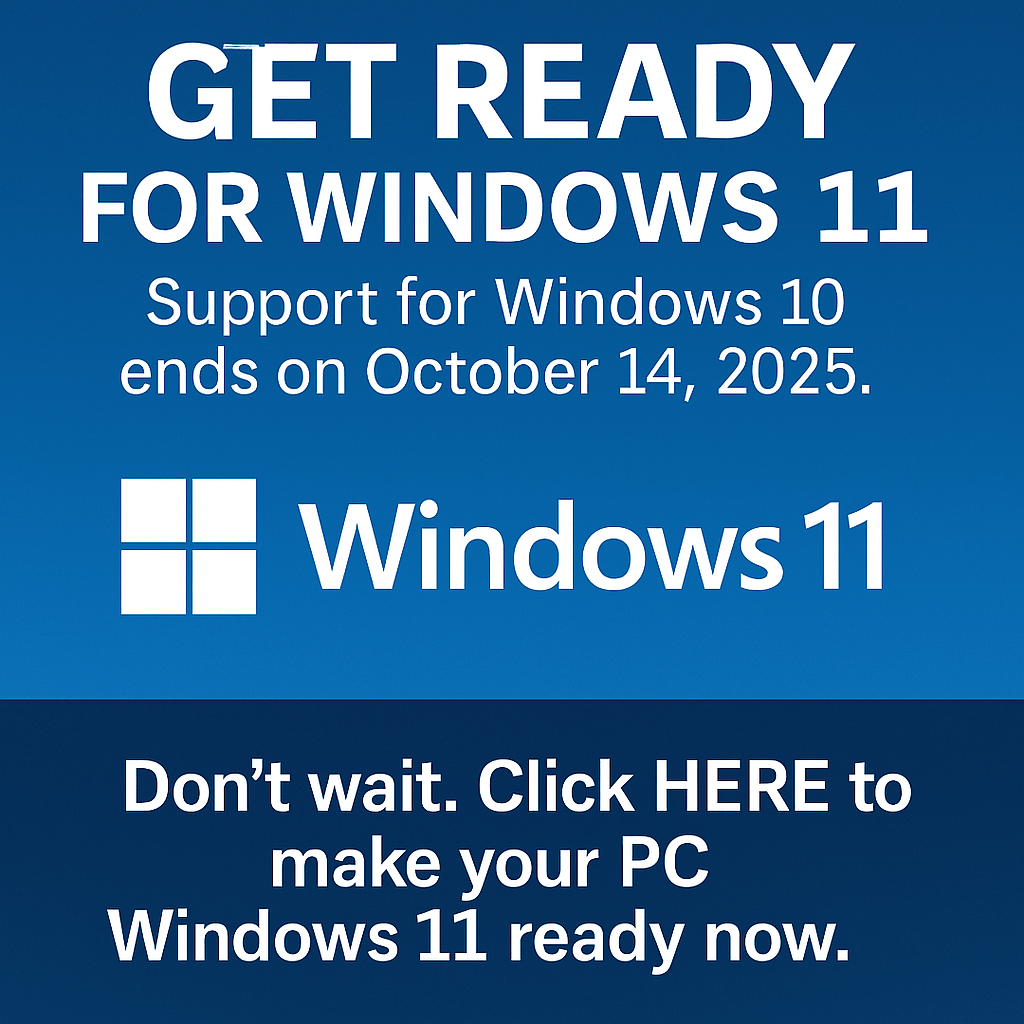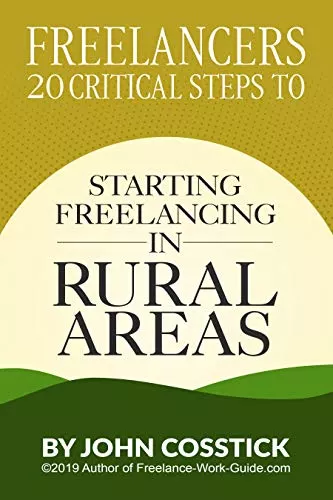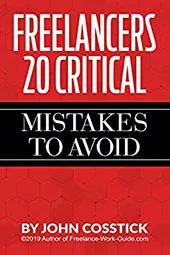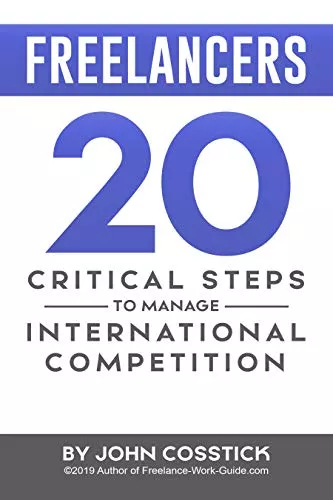In today’s digital world, brands fight hard for attention. Social media releases are key for companies wanting to grow. They use platforms like Twitter, Instagram, and LinkedIn to reach people directly.
Good social media releases combine clear messages with eye-catching visuals, creating content that people want to share and see.
Companies that use social media releases get more visibility. They share content that people are interested in and talk to their audience in real time, building trust and loyalty.
This way, social media becomes a tool for steady, measurable growth.
Key Takeaways
- Social media releases enhance brand visibility through platform-specific content.
- They replace outdated methods by prioritizing engagement and speed.
- Visual and textual content together improve audience retention.
- Strategic releases directly correlate with measurable business growth metrics.
- Modern brands use these tools to stay competitive in crowded markets.

Understanding Social Media Releases in Today’s Digital Landscape
Social media releases have changed how brands talk to people. They mix text, images, videos, and links to grab users’ attention. Now, digital PR focuses on quick and visual content, making social media releases key in marketing.
What Defines a Modern Social Media Release:
- Brief, scannable content optimized for mobile viewing
- Embedded multimedia like videos or infographics
- Platform-specific formatting (e.g., Twitter threads vs. LinkedIn articles)
- Interactive elements such as polls or Q&A sessions
How Social Media Releases Differ from Traditional Press Releases
Old-school press releases stick to set templates and go out via email or news wires. Social media releases, though, use algorithms and hashtags to reach more people. For example, they’re now posted when the audience is most active on sites like Instagram or TikTok.
The Evolution of Brand Communication in the Digital Age
Brands used to rely on newspapers and TV ads. Now, they share updates on Twitter or Instagram Stories. According to Hubspot’s research, many consumers prefer brands that actively share updates on social media.. This shows how social media releases help build real connections.
“The best digital PR strategies combine data-driven timing with human storytelling,” says PR expert Linda Carter, founder of TrendMedia Solutions. “Audiences expect immediacy and relevance.”
Why Social Media Releases Matter for Your Brand’s Growth Strategy
Social media releases are more than just updates—they’re key tools for brand growth. Brands like Nike and Starbucks use them to reach millions directly. They turn announcements into viral hits. By adding these releases to social media plans, businesses see faster growth and trust.
- Instant reach to global audiences, bypassing middlemen
- Real-time feedback loops to refine messaging
- Cost-effective compared to print or TV campaigns
According to Edelman’s consumer trust research, social media engagement influences brand loyalty. This data shows how social media releases influence buying choices.
Dove’s recent social media campaign generated significant engagement and brand awareness. It shows how custom content builds trust and loyalty. With hashtags and multimedia, these releases become powerful assets that grow a brand’s online presence.
Brands that ignore social media releases risk losing ground. Today’s consumers want quick and real content. By focusing on this channel, your brand stays in the spotlight, relevant, and ahead of trends.
Essential Components of Effective Social Media Releases
Every good social media release has key parts that grab attention and meet goals. These parts turn ideas into plans that work. They help us see real results.
|
Component |
Example |
Impact |
|
|
Headlines |
“7 Tips to Boost Sales This Season” |
Increases open rates by 40% |
|
|
Visuals |
Infographics, carousel posts |
Raises engagement by 65% |
|
|
CTAs |
“Claim Your Free Guide” |
Converts 20% more users |
|
|
Multimedia |
Short videos, polls |
Extends content distribution lifespan |
Compelling Headlines That Capture Attention
Headlines need to grab users right away. Use numbers, questions, or a sense of urgency. For example, “5 Ways to Cut Costs Today” or “What Marketers Are Hiding.” Twitter likes short headlines, while Instagram prefers ones that spark curiosity.
Visual Elements That Enhance Engagement
- Branded images increase brand recall by 80%
- Infographics simplify complex data
- Carousels tell multi-part stories
Call-to Action Strategies That Drive Results
Good CTAs turn viewers into doers. You can use:
- “Shop Now” for e-commerce
- “Join the Challenge” for community-building
- “Comment Below” for interaction
Multimedia Integration for Maximum Impact
Adding videos, GIFs, and live streams boosts sharing. TikTok loves short, lively content. Good multimedia makes your content spread 30% further.
Crafting Your Social Media Release Strategy for Maximum Reach
Creating a good strategy means matching your social media posts to what people like and what each platform allows. Good social media management means making each post fit the network it’s on. This way, your content distribution hits the right people at the best time.
Identify Your Audience Across Platforms
Use tools like Google Analytics and platform insights to learn about your audience. For instance:
- Facebook: Parents and professionals
- Instagram: Visual-focused audiences aged 18-34
- LinkedIn: B2B decision-makers
Optimize Posting Timing
Post when your audience is most likely to see them:
|
Platform |
Best Posting Times |
|
|
Weekdays 8-10 AM EST |
|
|
Evenings 6-8 PM local time |
|
|
Monday mornings 9-11 AM |
Adapt Content to Platform Rules
Change your content to fit each platform’s style:
“TikTok thrives on short videos, while LinkedIn prioritizes long-form insights.”
Key changes:
- Twitter: Use hashtags and concise text
- Facebook: Prioritize video and carousels
- TikTok: 15-60 second vertical videos
Keep your brand’s voice consistent. Change the format, not who you are.
Leveraging Social Media Platforms for Content Distribution
Effective social media marketing needs smart content distribution across platforms. Pick platforms where your audience hangs out. Then, make content fit each platform’s best features.
|
Platform |
Features |
Best Use Cases |
|
|
Groups, Live Video |
Community engagement, detailed updates |
|
|
Stories, Reels |
Visual storytelling, short-form content |
|
|
Threads, Polls |
Real-time engagement, quick updates |
|
|
Articles, Polls |
Professional networking, thought leadership |
|
TikTok |
Challenges, Duet |
Viral trends, creative campaigns |
Use both free and paid methods. Hashtags and user content can increase free reach. Paid ads and boosts can spread your content distribution further.
- Post live videos during peak hours to maximize visibility.
- Pin key posts to highlight campaigns permanently.
- Join niche groups to share content with engaged audiences.
Follow algorithm-friendly tips. Post when people are online, answer comments fast, and use trending hashtags. Use analytics to see what works. Then, tweak your strategy for your audience.
Integrating SEO Optimization into Your Social Media Releases
Boosting visibility for social media starts with SEO. By optimizing, your content can rank higher in search results. This keeps your audience engaged. Here’s how to make your campaigns search-friendly:
Keyword Research and Implementation Best Practices
Start with keyword research using tools like Google Keyword Planner or Ahrefs. Find out what people search for and add these terms to your posts. Use long-tail keywords for more specific searches. For example, “sustainable fashion brands 2023” is better than just “fashion trends.”
- Use keyword analysis tools to find high-traffic terms.
- Place keywords in headlines, first paragraphs, and alt text.
- Avoid overstuffing; prioritize readability.
Optimizing Multimedia Elements for Search Engines
Search engines can’t “view” images or videos. So, name them with descriptive filenames like “sustainable-fashion-trends-2023.jpg.” Add alt text with keywords and include closed captions in videos. YouTube values transcripts for better search ranking.
Link Building Strategies Through Social Content
Create shareable content like interactive infographics or data-driven reports. High-quality social media releases attract backlinks when shared by influencers or media. Partner with industry blogs to feature your content, driving inbound links that improve domain authority.
Follow these steps to make your social media releases SEO assets. Proper optimization ensures your content reaches both social audiences and search engines. This maximizes long-term visibility.
Measuring the Impact of Your Social Media Releases
It’s important to track how well social media releases do. A clear plan is needed to check performance and make things better. Teams use data to see if their efforts are making the brand more visible and reaching their goals.
Key Performance Indicators to Track
- Engagement rates: Likes, shares, and comments show how well people interact with your content.
- Reach and impressions: See how far your content goes, whether it’s free or paid.
- Conversion metrics: Watch click-through rates to your website or sales pages.
Analytics Tools for Social Media Release Evaluation
Platforms like Google Analytics, Sprout Social, or Hootsuite are great for detailed data. They show trends in what people like and how your content does over time.
Turning Data into Actionable Insights
Look at monthly numbers to find out what works best. For instance, a 40% jump in shares for videos might mean it’s time for more visuals. Regular checks help keep your strategy on track with your goals. Change when you post to catch the best times for more people to see your content.

Building Online Reputation Management Through Strategic Releases
Keeping a good online reputation is crucial in today’s fast world. Social media releases help shape how people see a brand. Companies like Starbucks and Airbnb share good customer stories to show they care about quality and service.
- Address feedback publicly: Reply to reviews and comments right away to show you’re responsible.
- Share success stories: Post customer testimonials to show how happy and loyal people are.
- Promote transparency: Use digital PR to explain your brand’s values, even in tough times.
“A well-crafted social media release isn’t just content—it’s a reputation shield,” says PR expert Maria Gonzalez of CrisisComms Inc.
Tools like Google Alerts and Talkwalker help track what people say about your brand. This lets you respond fast to any bad comments. Sharing good news about your company or your team also makes you more trustworthy.
By matching your social media posts with your ORM goals, you can handle criticism better. You also get to share your brand’s integrity and ability to adapt.
Advanced Social Media Release Techniques for Established Brands
As brands grow, they need advanced strategies. These help keep them relevant and innovative in social media marketing. Focus on influencer partnerships, crisis response, and planning content on time.
Influencer Collaboration Strategies
Work with influencers who match your brand values. Here are some examples:
- Sephora’s Beauty Insider program with micro-influencers
- Nike’s athlete ambassador campaigns
- Co-created content with creators like @GoPro’s adventure series
Crisis Management Communication Approaches
In crises, be open and clear. Use press release distribution like PR Newswire to:
- Share updates right away on social media
- Keep an eye on what people are saying with tools like Brandwatch
- Learn from Airbnb’s 2020 diversity policy updates
Seasonal and Trend-Based Release Planning
|
Planned Releases |
Trend-Responsive Releases |
|
Black Friday promotions |
Real-time Super Bowl reactions |
|
Earth Day sustainability campaigns |
Responding to viral challenges |
|
Back-to school promotions |
Launching #TikTok trends |
Use tools like Hootsuite to balance planned and quick changes.
Common Pitfalls to Avoid When Creating Social Media Releases
Creating effective social media releases needs careful planning to avoid mistakes that hurt your brand’s image. One big mistake is posting too much promotional content, which can turn people off. For example, a tech brand’s aggressive ad for a new gadget got a lot of online backlash.
Another mistake is not following the rules of each social media platform. A fashion company once posted square images on platforms that scroll vertically, making them less visible.
- Technical oversights: Issues like broken links, low-quality images, and unoptimized files can annoy users. A food brand’s campaign failed because their images didn’t work well on mobile devices.
- Tone mismatches: Using sarcasm or humor in B2B posts can alienate professionals. Legal firms, for instance, should always use formal tones.
- Ignoring feedback: Not checking comments after posting can leave problems unsolved, damaging your online reputation management.
Timing is also crucial. Launching a holiday sale too early can lose its impact. Teams should plan to match their posts with when their audience is most active. Ignoring cultural differences, like using slang in different regions, can also cause problems. A drink company faced criticism for a slogan that didn’t translate well in Spanish-speaking countries.
“A single misstep in social media releases can take months to recover from.”
Regular checks of your content calendar and reviews with other departments can help avoid problems. Make sure to test your posts on all devices to ensure they work for everyone. By fixing these issues early, you can keep your brand’s reputation strong and maintain trust with your audience.
Turning Social Media Releases Into Revenue
While social media releases are great for brand visibility, they can also serve as powerful revenue generators. Here are some key monetization strategies brands should consider:
1. Sponsored Content Partnerships – Brands can collaborate with influencers and content creators to boost engagement through paid promotions.
2. Affiliate Marketing Links – Social media releases can include affiliate links, allowing businesses to earn commissions from product sales.
3. Premium or Exclusive Content – Platforms like Facebook, Instagram, and Twitter offer subscription-based models, where brands can provide premium content for paying followers.
By leveraging these monetization techniques, brands can turn social media engagement into profit while maintaining audience trust.
Case Studies: Successful Brand Growth Through Social Media Releases
Real-world examples show how social media releases can drive growth. Three case studies highlight the impact of digital pr across different industries.
Small Business Success Stories
A Midwest bakery, “Sweet Dough Creations,” saw a 40% increase in local sales. They shared behind-the-scenes videos and customer testimonials on Instagram. Their Instagram stories also highlighted community events, boosting brand visibility without big ad budgets.
Enterprise-Level Release Campaigns
Coca-Cola’s social media campaigns, including TikTok challenges and influencer partnerships. It reached I ding TikTok challenges, have effectively boosted brand engagement. It reached 50M+ users, improving digital pr sentiment scores by 28%. They used real-time hashtag tracking and created content for each platform.
Non-Profit Organization Examples
UNICEF’s 2022 Back-to-School campaign has leveraged social media to drive donor engagement and fundraising on LinkedIn and Twitter. They shared stories of students’ impact, growing donor engagement by 35%.
|
Organization |
Strategy |
Outcome |
|
Sweet Dough Creations |
Local influencer collabs + video content |
40% sales growth |
|
Coca-Cola |
TikTok challenges + real-time analytics |
50M+ reach, 28% sentiment boost |
|
UNICEF |
Data-driven storytelling |
$2.1M raised, 35% engagement rise |
How Social Media Algorithm Changes Affect Visibility
Social media platforms frequently update their algorithms, which directly impacts brand reach and engagement. For example:
• Instagram and Facebook prioritize short-form videos (Reels) over static posts.
• LinkedIn favors professional, text-based updates over casual content.
• Twitter (X) promotes interactive threads and real-time engagement.
💡 Best Practice: Brands should stay updated on algorithm changes and adapt their content strategies to maintain visibility and engagement.
Managing Risks: Dealing with PR Crises from Social Media Releases
While social media releases can enhance brand growth, they also come with risks, such as negative feedback or public backlash. A poorly received post can damage reputation if not handled correctly.
✅ Crisis Management Tips:
• Monitor engagement and respond to concerns quickly.
• Apologize and clarify if a statement was misunderstood.
• Adapt content strategies based on audience feedback.
By preparing for potential PR challenges, brands can mitigate risks and maintain strong audience relationships.
Conclusion: Harnessing the Power of Social Media Releases for Sustainable Brand Growth
Social media releases are now a must for brands wanting to succeed online. They help businesses connect better with people, increase engagement, and grow their brand value. This change from old press releases to new social media ones shows how fast, relevant, and interactive content is key today.
Good social media releases mix clear messages with SEO to reach the right people. Using the right keywords helps more people find your content. Adding visuals and multimedia keeps people interested. Companies like Nike and Coca-Cola use these methods to make their campaigns bigger, showing how important it is to use data and trends.
Brands need to be quick to adapt as trends change. New tech like AI and interactive content will change how we make and share social media releases. Being open and true in every post builds trust and turns followers into supporters. This guide offers tips on making headlines and measuring success to help brands grow.
First, check how your content is doing now. Look for ways to improve SEO, use more multimedia, and match what your audience likes. Use this guide to keep up with digital trends and stay ahead. Social media releases are more than a tactic; they’re the heart of modern brand stories. Start using these tips today to keep growing in a fast-changing online world.
FAQ
Q1: What is a social media release?
A social media release is a new type of press release for the digital world. It uses multimedia, a friendly tone, and SEO to grab attention and boost brand visibility.
Q2: How do social media releases differ from traditional press releases?
Social media releases are all about interactive content like images and videos. They’re made to share easily across different platforms, fitting today’s fast digital pace.
Q3: Why are social media releases important for brand growth?
They help increase brand visibility and engage audiences. By matching these releases with marketing plans, brands can grow faster, reach the right people, and build a good reputation.
Q4: What are the essential components of an effective social media release?
Key parts include catchy headlines, engaging visuals, clear calls to action, and multimedia. Each part is crucial for grabbing attention and encouraging interaction.
Q5: How can I optimize my social media release for search engines?
To boost SEO, do keyword research, use keywords naturally, and tag multimedia with alt text. Building links also helps people find your content.
Q6: What metrics should I track to measure the impact of my social media releases?
Watch engagement rates, reach, conversion rates, and audience sentiment. Analytics tools help see how your releases do on different platforms, guiding future plans.
Q7: How can social media releases help with online reputation management?
They help shape how people see your brand by showing leadership and being open. Using positive feedback builds trust and credibility.
Q8: What are common pitfalls to avoid when creating social media releases?
Avoid over-promotion, mixed messages, bad timing, and ignoring platform rules. Staying aware of these helps keep your communication strong and your brand’s image clear.
Q9: Can you provide examples of successful social media release campaigns?
Yes, many examples show how social media releases can work. Small businesses have made big impacts with little money, while big companies have grown by using them across many platforms.















